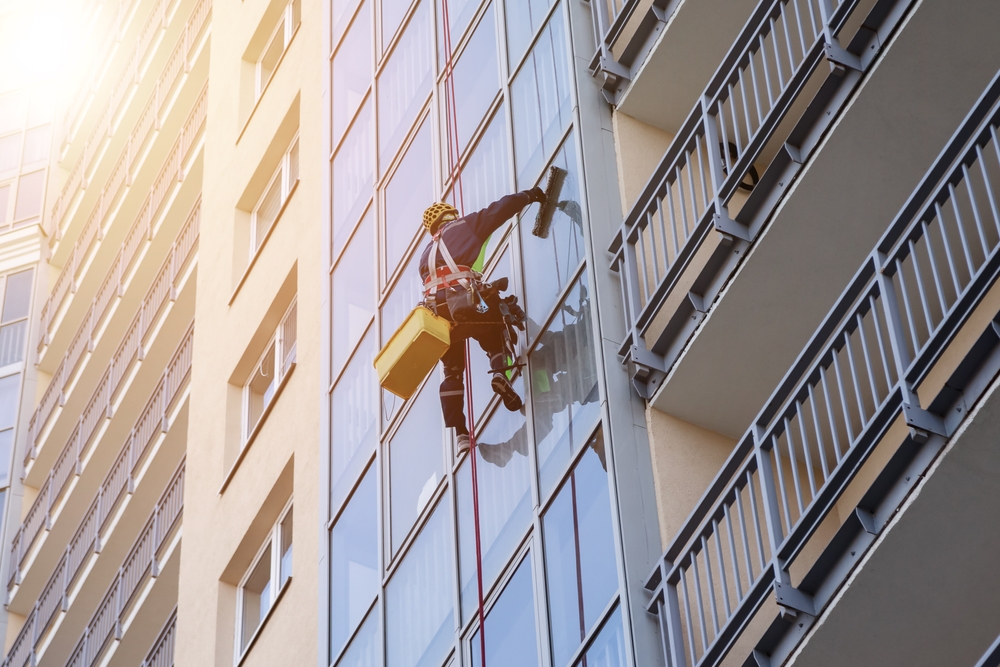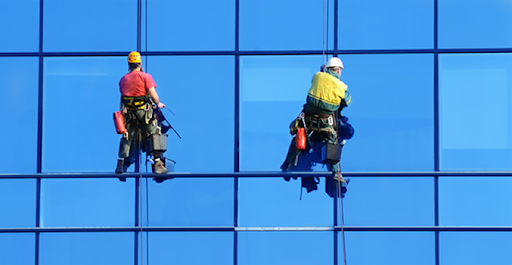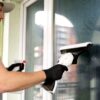Dubai, renowned for its towering skyscrapers, architectural marvels, and avant-garde designs, boasts a skyline that captures the imagination. From the iconic Burj Khalifa to the gleaming facades of luxury hotels and commercial towers, the exteriors of these structures serve as a testament to the city’s innovation and grandeur. However, maintaining the pristine appearance of these facades amidst the desert climate and urban environment presents a formidable challenge. In this blog, we delve into the intricacies of facade cleaning techniques in Dubai, exploring the methods employed to preserve the aesthetic allure of the city’s architectural wonders.
Understanding the Challenge
Dubai’s unique environmental conditions pose a myriad of challenges regarding facade maintenance. The combination of desert sand, high temperatures, and occasional dust storms can take a toll on building exteriors, leaving behind layers of grime and debris. Additionally, the architectural diversity of Dubai’s skyline, with its intricate designs and expansive glass surfaces, requires specialized cleaning techniques to ensure thorough and effective maintenance.
Traditional Methods vs. Modern Innovations
Historically, facade cleaning in Dubai relied heavily on manual labor and traditional cleaning methods such as pressure washing and manual scrubbing. While these techniques may suffice for low-rise buildings and simpler facades, they fall short when it comes to the towering skyscrapers that dominate the city’s skyline. Moreover, traditional methods often entail significant downtime and logistical challenges, disrupting the daily operations of businesses and residents within these structures.
In recent years, however, technological advancements have revolutionized the field of facade cleaning, offering innovative solutions that enhance efficiency and minimize disruption. High-rise buildings in Dubai now benefit from cutting-edge techniques such as rope access, water-fed pole systems, and automated cleaning robots, enabling technicians to navigate vertical surfaces precisely and easily.

Rope Access: Scaling New Heights
Among Dubai’s most widely utilized facade cleaning techniques is rope access, a method that originated from mountaineering and caving. Rope access technicians, equipped with specialized harnesses and safety equipment, rappel down the exterior of buildings to perform cleaning and maintenance tasks with unparalleled precision. This method offers several advantages, including minimal disruption to building occupants, reduced setup time compared to traditional scaffolding, and the ability to access even the most challenging facade areas.
Moreover, rope access is inherently eco-friendly, eliminating the need for heavy machinery and scaffolding structures that consume energy and generate waste. In a city like Dubai, where sustainability is a growing priority, rope access emerges as a preferred choice for facade maintenance, aligning with the city’s commitment to environmental responsibility.
Water-Fed Pole Systems: A Splash of Innovation
Water-fed pole systems are another innovative technique gaining traction in Dubai’s facade-cleaning industry. This method utilizes telescopic poles fitted with soft bristle brushes and purified water to clean exterior surfaces from the ground level. The pure water, free from minerals and impurities, effectively dissolves dirt and grime without chemical detergents, leaving behind a streak-free finish.
Water-fed pole systems offer several advantages, including increased safety for technicians who can perform cleaning tasks from the ground, reduced water consumption compared to traditional methods, and the ability to clean windows and facades of varying heights easily. In a city where water conservation is paramount, this sustainable cleaning solution resonates with Dubai’s ethos of responsible resource management.
Automated Cleaning Robots: Engineering Ingenuity
As Dubai continues to embrace technological innovation, automated cleaning robots have emerged as a futuristic solution for facade maintenance. These robotic systems, equipped with advanced sensors and cleaning mechanisms, can traverse vertical surfaces autonomously, removing dirt, dust, and debris with precision and efficiency.

Automated cleaning robots offer several advantages over traditional cleaning methods, including enhanced safety by minimizing the need for human intervention at heights, increased speed and efficiency, and the ability to operate in challenging environmental conditions such as high winds or extreme temperatures. Moreover, these robotic systems can be programmed to perform routine cleaning tasks on a scheduled basis, ensuring consistent maintenance of building exteriors without disrupting daily operations.
Conclusion: Preserving the Splendor
In the bustling metropolis of Dubai, where innovation knows no bounds and architectural wonders reach for the sky, facade-cleaning techniques play a crucial role in preserving the splendor of the city’s skyline. From the towering skyscrapers of downtown to the luxurious resorts lining the coastline, maintaining the pristine appearance of these structures requires a delicate balance of technological prowess, environmental stewardship, and engineering ingenuity.
As Dubai continues to push the boundaries of urban development and sustainability, facade cleaning techniques evolve to meet the demands of a rapidly changing landscape. Whether it’s scaling new heights with rope access, embracing eco-friendly solutions with water-fed pole systems, or harnessing the power of automation with robotic technology, the city’s commitment to excellence shines through in every sparkling facade and gleaming window.
To uphold Dubai’s reputation as a global hub of innovation and sophistication, facade cleaning professionals stand at the forefront, ensuring that the city’s architectural marvels continue inspiring awe and admiration for future generations.






